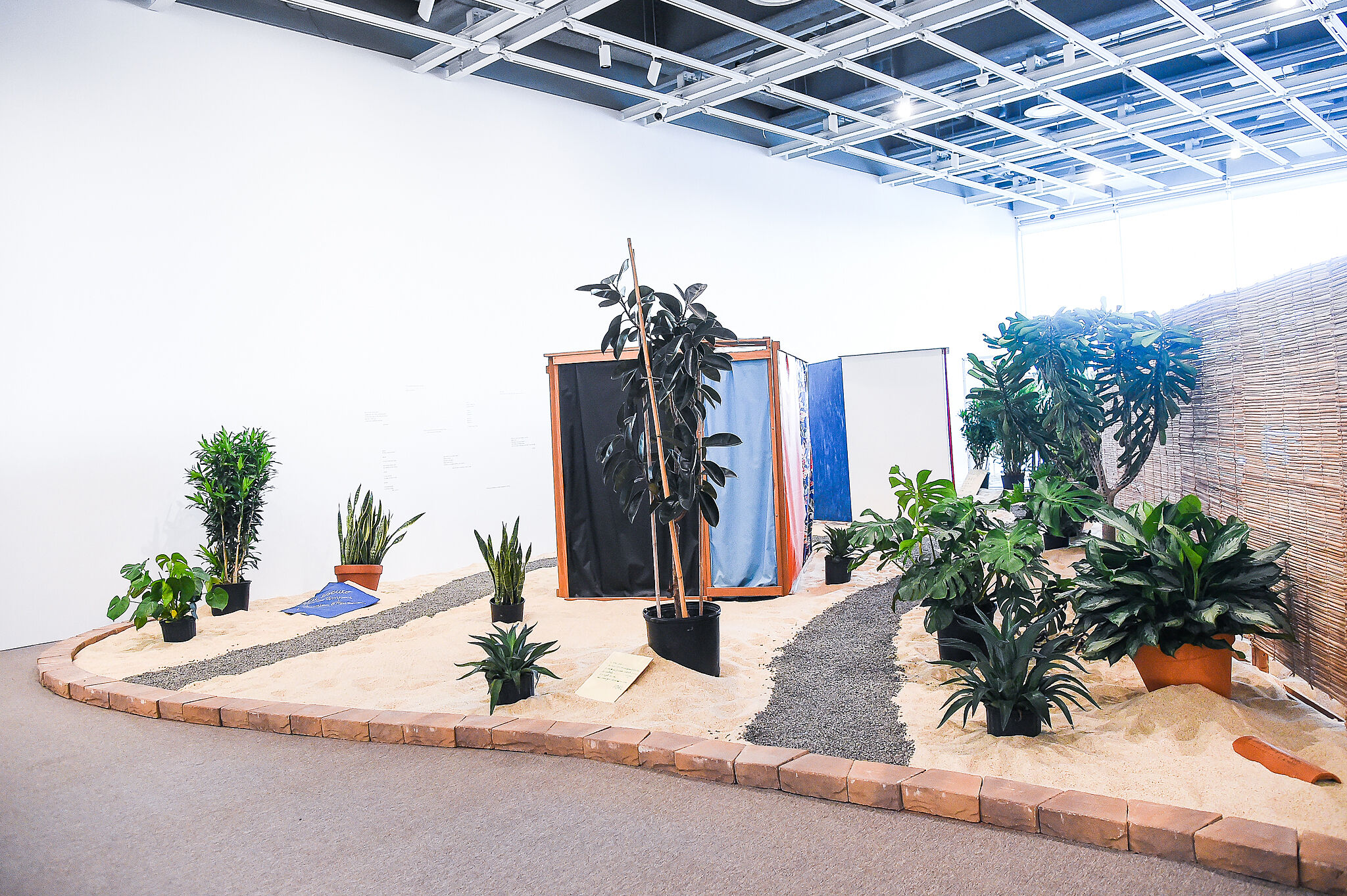Hélio Oiticica, Rio Parangolés
July 14, 2017
0:00
Hélio Oiticica, Rio Parangolés
0:00
Narrator: These slides show Oiticica’s Parangolés, capes that he thought of as being a kind of wearable sculpture. Elisabeth Sussman.
Elisabeth Sussman: They become what the wearer wants them to be. They have something do with dancing. The whole idea of movement and movement with a costume became a very Dionysian thing for him. And so the Parangolés ideally had this ability to transform just an ordinary person wearing ordinary clothing into a participant and something of their own imagination.
Narrator: Oiticica started making the Parangolés after spending time at the famous samba school in the Mangueira favela. Some of the images you’ll see here come from August of 1965, when he led a parade of dancers from Mangueira to Rio’s Museum of Modern Art. They were turned away, and paraded through the gardens instead. The confrontation shifted Oiticica’s attitude towards formal art institutions. In the years that followed, he began to look for different ways to get his art into the world. If you’d like to hear more about this event—and what it says about Oiticica’s approach—please tap to continue.

